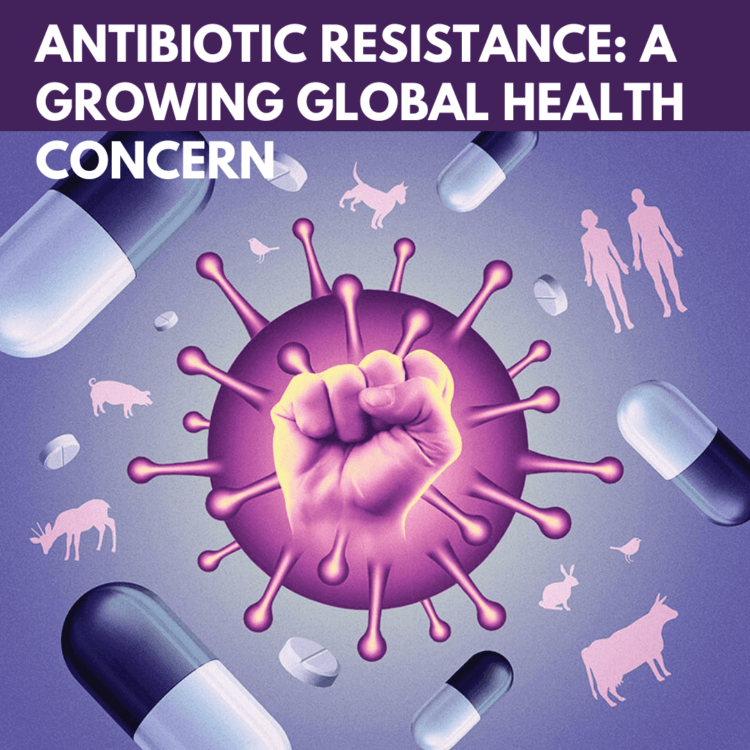Antibiotic resistance is a growing global health concern that poses a significant threat to public health, medical treatments, and our ability to control infectious diseases. This phenomenon occurs when bacteria and other microbes evolve to become resistant to the antibiotics that were once effective in treating them. Here’s an overview of antibiotic resistance and why it’s a pressing issue:
Causes of Antibiotic Resistance:
1. Overuse and Misuse of Antibiotics:
One of the primary factors contributing to antibiotic resistance is the overuse and inappropriate use of antibiotics in humans and animals. This can occur when antibiotics are prescribed for viral infections, which are not treatable with antibiotics, or when patients do not complete the full course of antibiotic treatment.
2. Inadequate Infection Control:
Poor infection control practices in healthcare settings can lead to the spread of resistant bacteria. This can happen when healthcare workers do not properly wash their hands or when facilities do not implement appropriate sanitation measures.
3. Use in Agriculture:
Antibiotics are often used in agriculture to promote animal growth and prevent disease in crowded conditions. This agricultural use can lead to the development of antibiotic-resistant bacteria that can be transmitted to humans through food consumption or contact with animals.
4. Global Travel and Trade:
Resistant bacteria can spread globally as people travel and trade products and animals. This makes it challenging to contain the spread of antibiotic-resistant strains.
Consequences of Antibiotic Resistance:
1. Reduced Treatment Options:
As bacteria become resistant to antibiotics, it limits the effectiveness of these drugs. Infections that were once easily treatable may become difficult or impossible to cure.
2. Increased Mortality:
Antibiotic-resistant infections can lead to higher mortality rates. Patients with resistant infections are at greater risk of complications and death.
3. Extended Hospital Stays:
Resistant infections often require longer hospital stays and more complex, costly treatments. This places a significant burden on healthcare systems and can lead to increased healthcare costs.
4. Economic Impact:
Antibiotic resistance has economic implications, affecting both individuals and healthcare systems. The cost of treating resistant infections is often higher due to longer hospital stays and the need for more expensive drugs.
5. Threat to Modern Medicine:
Antibiotics are fundamental to many medical procedures, such as surgeries, cancer treatments, and organ transplants. The rise of antibiotic resistance threatens the ability to perform these procedures safely.
Efforts to Combat Antibiotic Resistance:
1. Antibiotic Stewardship:
Promoting responsible antibiotic use in healthcare settings, including better prescribing practices, is crucial to combat resistance.
2. Infection Prevention:
Improved infection control measures in healthcare facilities can reduce the spread of resistant bacteria.
3. Research and Development:
Encouraging the development of new antibiotics and alternative treatments is essential to address the growing number of resistant infections.
4. One Health Approach:
Collaborative efforts involving human and animal health, as well as environmental factors, are necessary to tackle the issue of antibiotic resistance holistically.
Antibiotic resistance is a multifaceted problem that requires a global response. It underscores the importance of responsible antibiotic use, continued research, and international collaboration to mitigate the threats posed by resistant infections. Failure to address this issue could lead to a future where common infections once again become deadly, with dire consequences for public health and healthcare systems.










No Comments
Leave Comment